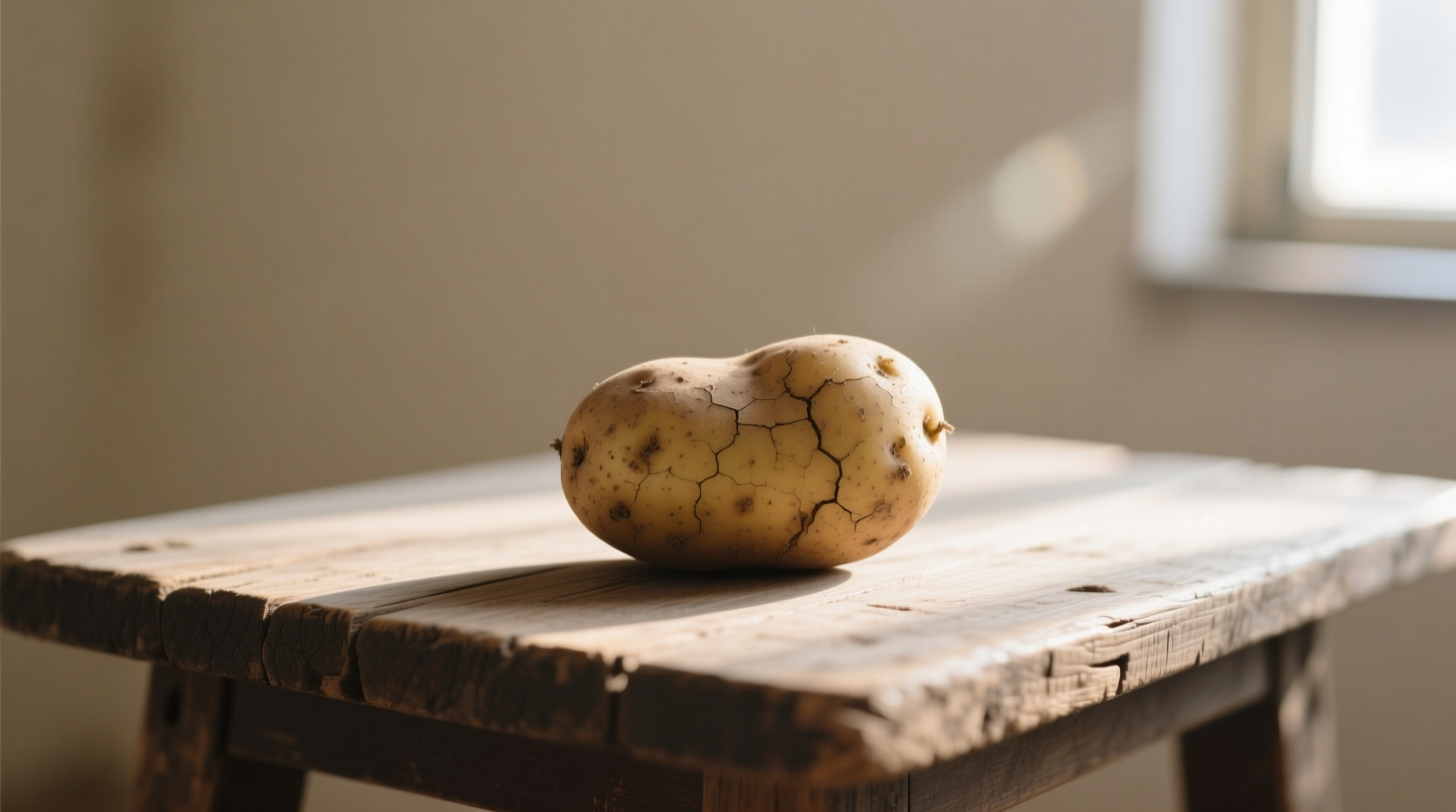When you reach for that bag of potatoes at the grocery store, you're connecting with a food that transformed global agriculture, sustained civilizations through famine, and continues to feed more people than any crop except rice and wheat. Despite its modest appearance, the potato's journey from Andean highlands to worldwide staple reveals an extraordinary story of resilience and adaptation.
The Potato's Unexpected Origins
Contrary to popular belief, potatoes didn't originate in Ireland or even Europe. Archaeological evidence from the Lake Titicaca region in modern-day Peru and Bolivia shows potato cultivation dating back 7,000-10,000 years. Spanish conquistadors first encountered them in the 1530s, initially dismissing this strange tuber as food for animals. It took nearly a century for potatoes to gain acceptance in European courts, where they were first grown as ornamental plants rather than food.
| Historical Period | Key Potato Developments | Global Impact |
|---|---|---|
| 8000-5000 BCE | First domestication in Andes mountains | Foundation for Inca civilization development |
| 1530s | Spanish introduction to Europe | Initial rejection as "suspect" food |
| 1700s | Widespread European adoption | Population growth in Ireland, Germany, and France |
| 1845-1852 | Potato blight causes Irish famine | Mass migration and agricultural reforms |
| Present day | Global production exceeds 380 million tons | Fourth most important food crop worldwide |
Why "Humble" Doesn't Mean "Insignificant"
The term "humble" perfectly captures the potato's paradoxical nature. Unlike wheat or rice that require processing before consumption, potatoes arrive at your table ready to eat with minimal preparation. This very simplicity made them revolutionary. During the 18th century, French scientist Antoine-Augustin Parmentier demonstrated that potatoes could provide complete nutrition when other crops failed, helping France survive multiple famines.
Modern nutritional analysis confirms what historical populations instinctively knew. A medium potato with skin delivers:
- 45% of your daily vitamin C needs
- More potassium than a banana
- 3 grams of protein and 3 grams of fiber
- Essential B vitamins and minerals
According to USDA FoodData Central, potatoes contain all essential amino acids when consumed with minimal dairy or eggs, making them one of the few plant foods that provide complete protein.

Global Journey of a Simple Tuber
The potato's spread across continents represents one of history's most significant food migrations. By 1650, potatoes had reached China via European traders, where they became crucial for mountain communities with poor soil. In Russia, Catherine the Great mandated potato cultivation in the late 1700s, transforming the country's agricultural capacity.
Each culture adapted the potato to local conditions:
- Peru: Over 4,000 native varieties still cultivated
- Ireland: Became dietary staple before the 1840s famine
- Germany: "Kartoffel" became central to regional cuisines
- India: Integrated into curries and street foods
The International Potato Center in Peru maintains over 7,000 potato varieties, preserving genetic diversity critical for future food security. This biodiversity represents nature's insurance policy against crop diseases that could threaten global food supplies.
Practical Appreciation for Modern Cooks
Understanding the potato's journey transforms how we use this versatile ingredient. Different varieties serve specific culinary purposes:
- Starchy potatoes (Russet): Best for baking and frying
- Waxy potatoes (Red Bliss): Hold shape for salads
- All-purpose potatoes (Yukon Gold): Versatile for most cooking methods
For maximum nutritional benefit, cook potatoes with their skin intact and cool them before eating. This process increases resistant starch content by up to 50%, according to research published in the Journal of Agricultural and Food Chemistry. Resistant starch functions as a prebiotic, feeding beneficial gut bacteria.
Why This Matters Today
In our era of climate uncertainty, the humble potato offers solutions. Potatoes produce more edible energy per unit of water than any major crop, making them crucial for water-scarce regions. The UN declared 2008 the International Year of the Potato, recognizing its potential to address global food security challenges.
Modern agricultural research continues to unlock the potato's potential. Scientists have developed varieties that:
- Resist late blight (the disease behind the Irish famine)
- Contain enhanced iron and zinc for malnutrition prevention
- Thrive in marginal soils with minimal inputs
When you choose locally grown potatoes, you support agricultural diversity and reduce food miles. Proper storage in a cool, dark place extends shelf life while maintaining nutritional value. By appreciating this humble tuber's journey, we connect with centuries of human ingenuity and resilience.











 浙公网安备
33010002000092号
浙公网安备
33010002000092号 浙B2-20120091-4
浙B2-20120091-4